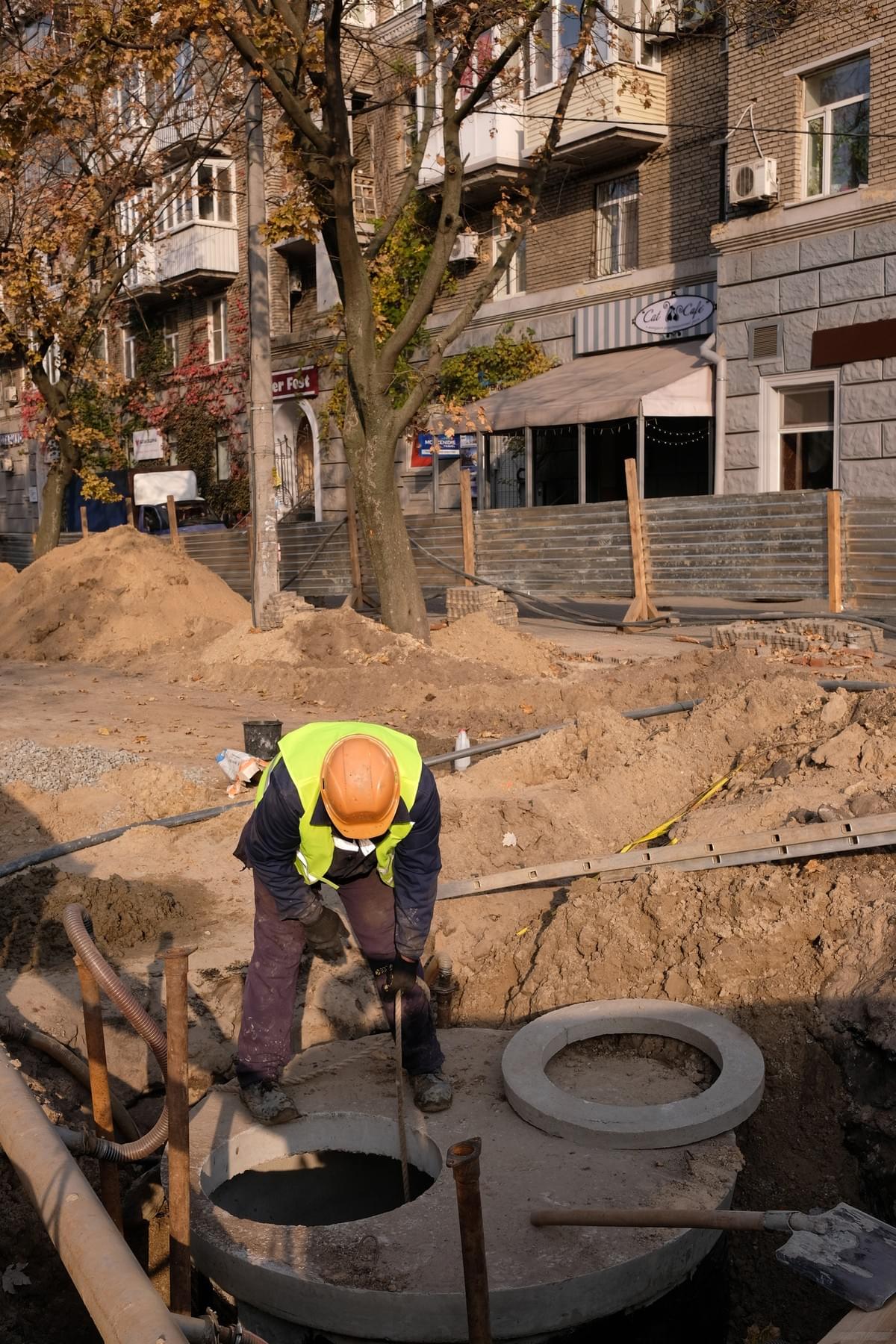
Septic system style can be complicated, especially for new resident. There are 3 main components to any kind of septic system: the collection of stormwater runoff, the pumping of treated effluent into the system as well as the disposal of discharged effluent. Stormwater runoff from roads and roads, for example, can include sediment from tree roots, dirt as well as various other particles. Water from commodes and also showers can contain oil, oil and also other impurities. And also the majority of wastewater, the by-product of chemical treatment, consists of debris from such sources as coal ash and local waste water treatment plants. Typical septic tanks made use of gravity to attract stormwater overflow and shared to the septic tank. This procedure had two troubles: It called for even more area and it threw away significant amounts of water. Sand filter systems are currently frequently constructed over or beneath the ground to deal with both problems. Prior to this layout, wastewater from washing centers was sent out to a gravity circulation pump which skimmed the sediment prior to pumping it right into the sewage-disposal tank. You can click here for more info septic installation and inspection services
Sand filters make use of a combination of mechanical as well as organic filtering to shield the high quality and pH of the effluent. Submersible pumps are utilized to transfer both treated as well as neglected stormwater, as well as the discharge of dealt with effluent right into the septic system. A submersible pump is a part of the pipes section of the system. These pumps can be upright or straight, yet they are most generally horizontal. They make use of gravity to attract stormwater runoff into a chamber system. As soon as in the chamber system, stormwater is processed by the normal sewage treatment procedures described previously in this article. After the stormwater travels through the septic filter system, it enters a last disposal area, where most of it is discharged into the soil. This disposal location can either be beneath a smooth or sloping whole lot, deep in a cellar, or made wetland locations.
Wetland areas should consist of permeable paving materials or other resistant materials that allow water to percolate through the dirt, potentially offering an aerobic therapy to the soil for future growings. If required, absorptive sidewalk can be built to allow water drain while also serving as a protection versus disintegration. The main pumping activity of most septic tank develops takes place throughout the percolation of stormwater through the soil. There are two fundamental sorts of discharge activities, direct and also blended. A straight discharge explains exactly how the stormwater comes to a single point, picks up sediment, and after that releases straight at an end factor. A mixed discharge does not have a single point of focus, as both sediments and also effluent can come from different sources. Explore more on the cost of this septic system design alberta here.
A marsh or absorptive paving material in the discharge area can assist protect stormwater coming to a point, along with funneling stormwater that may go into an adjacent location. Any septic tank which contains an absorptive product such as sand will permit water to percolate with the soil in a straight path. On the various other hand, solid products such as clay will block circulation. Both clay and solid sand filters can be developed to enhance stormwater transport by boosting the permeability of the dirt bordering the container. When creating your system, you need to consist of a sand filter in the system style to permit stormwater to percolate via the tank bed and also discharge into the backyard. In a cellar location, a similar type of sand filter might additionally confirm valuable. You can view and download a bigger variation of this layout on the EPA internet site. Check out this post that has expounded on the topic: https://en.wikipedia.org/wiki/Effluent_sewer.